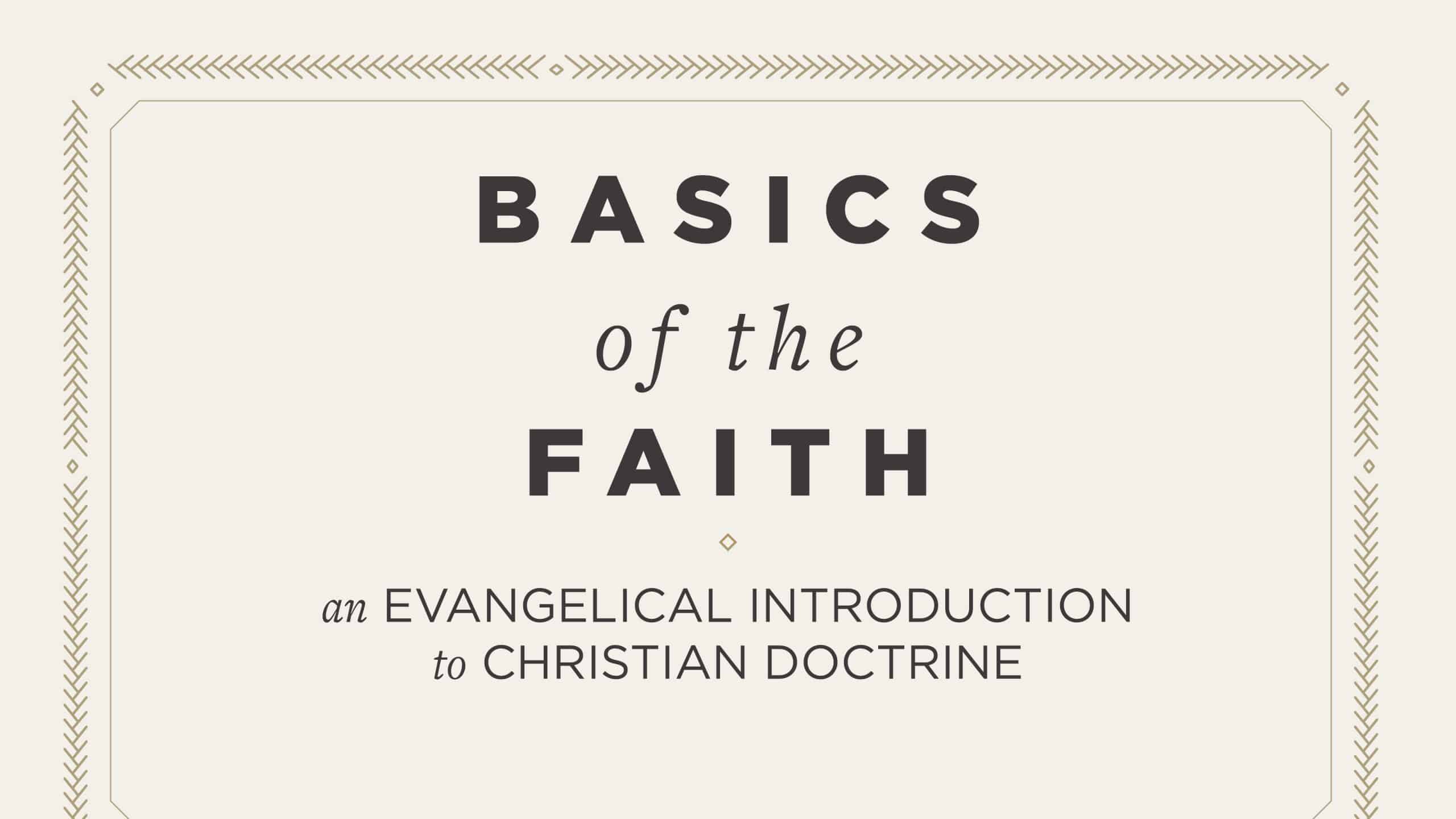
The essays in Basics of the Faith originally appeared as a series of articles published in Christianity Today from 1961–1962. As such, they constitute a veritable time capsule of the state of the art of mid-twentieth century evangelical theology in the English-speaking world. To be precise, the essays all date from the time between two TIME magazine cover stories, featuring Billy Graham (October 25, 1954) and “The Evangelicals: New Empire of Faith” (December 26, 1977). What, then, can they tell us about the evangelicalism of the past, and what can we learn from them for the evangelicalism of the future?
In the first place, the essays represent a treasure trove of insights into the first years of what Harold Ockenga in 1947 termed the “neo-evangelical” movement. In contrast to fundamentalists, who tended to engage neither in dialogue with theological liberals nor in action pertaining to social justice, Ockenga called for a new generation of theologically conservative evangelicals who were willing to engage with both the academy and society as an aspect of their witness to the truth of the gospel.
It is perhaps no exaggeration to say that these contributors represent the “Greatest Generation” of evangelicalism. This, of course, is the name given the generation of Americans who experienced and fought in World War II, and their evangelical counterparts faced a similar global challenge. C. S. Lewis called it “that hideous strength” (the title of the third book in his space trilogy), a poetic reference to the two towers of secularism and scientism or, in a word, modernity. Carl F. H. Henry mentions “the modern bias against the reality of the supernatural” in his introduction to the 1962 book publication of these essays (not included in the present volume). At the heart of Christianity, Henry insists, is the proclamation of “a new race,” namely, the company of the gospel, those united by faith in the risen Christ through the Spirit. The welcome hallmark of neo-evangelicalism, says Henry, was a newfound interest in Bible doctrine: “Our century has served theological skim milk to both churchmen and churchgoers. … One sure sign of theological renewal will be revived interest in a systematic theology that rests on the fixed norm of biblical authority.” Against this backdrop, the essays collected here were a kind of doctrinal D-Day, an early beachhead on the continent of modern secularism.
The military metaphor is apt. The contributors to Basics of the Faith are all engaged in the project described by the apostle Paul as “waging war” against arguments and opinions that are “against the knowledge of God” in order to “take every thought captive to obey Christ” (2 Cor. 10:3–5 ESV), the truth and life of God. And this is indeed the purpose of theology: to ensure that our thoughts correspond to revealed truth, and that our right thinking (“every thought”) leads to right action (“obedience”). A “basic of the faith” is thus a primary Christian teaching that orients our thought about God and the gospel in the right direction. Basic Christian doctrine is necessary at all times and in all places because, alas, false doctrine—idolatry and ideology—is pervasive.
Yesterday’s Lessons for Today and Tomorrow
Why should evangelicals today study this doctrinal time capsule from the Greatest Generation?
First, it helps us understand how the first generation of neo-evangelicals understood their theological vocation in contrast to the liberals and modernists of their day. The authors neither ignore, nor vilify, nor worship modern thinking: they simply subordinate it to Scripture. What is especially noteworthy in these essays, then, is their relative lack of rancor. It is not that the authors are soft on modern liberalism; it is simply that they are even more intent on setting forth the biblical teaching on their assigned topics.
Second, it is always worthwhile to retrieve valuable insights from the past, and this volume contains many precious theological gold nuggets. Stated differently: there are many cups of cold water in these pages for those who are parched with thirst due to a lack of doctrinal instruction in evangelical churches.
Third, in an era of increasing polarization, it is good to be reminded of the unity-in-diversity that characterized the evangelical movement in the mid-twentieth century. As such, it provides positive proof that such a thing as “mere evangelical theology,” where the common theological core outweighs the secondary doctrinal differences, is indeed a possibility.
And this leads to a fourth possibility, namely, that these essays might encourage further exploration about what makes evangelical theology evangelical. After all, in the present context it seems clear that evangelicalism as a movement is in crisis, with many card-carrying members wondering what the term means and others wondering if they should find another means of self-identification. In light of our present confusion, might Basics of the Faith provide evangelical pastors, churches, and theologians with an opportunity to rediscover their theological center of gravity?
This post is adapted from Kevin J. Vanhoozer’s introduction to Basics of the Faith: An Evangelical Introduction to Christian Doctrine (Lexham Press, 2019).






